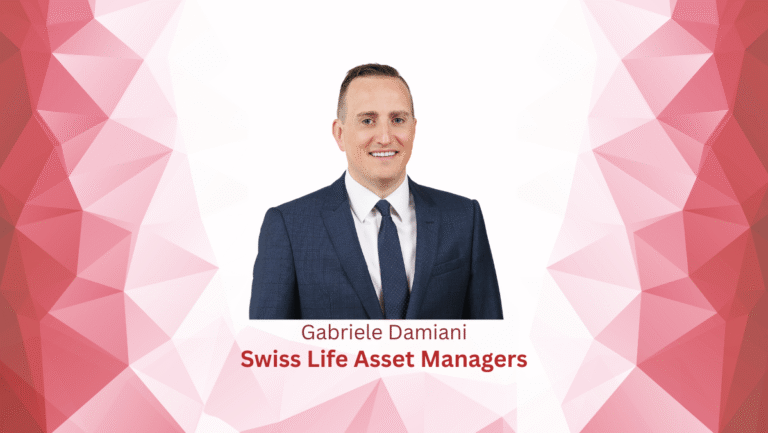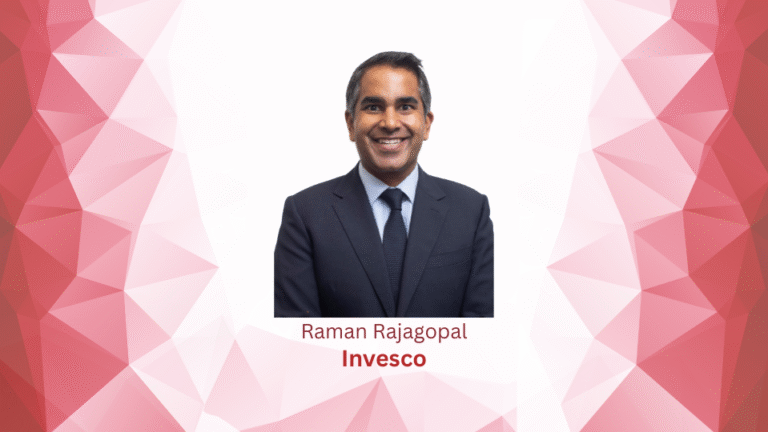By Alexandre Hector, Partner at KPMG as featured in Insight Out Magazine #25
The Private Equity (“PE”) industry’s performance over the last few decades has been outstanding and outclasses the public equity markets. Despite current critical and complex global issues, this growth might actually be just the beginning, especially if we take a closer look at today’s current macro-environment and the trending democratization of private assets.
State of play
Whilst several economic sectors desperately need investments and funding to support their growth (e.g., green projects, new technology, healthcare, fintech, datatech, etc.), money is not actually flowing to them. Financial institutions are rather reluctant to finance risky projects in the current unstable macro environment and European States lack proper private equity expertise and investment capabilities as a result of significant deficits and the rise in interest rates.
Meanwhile, on the other side of the spectrum, we see family offices (“FOs”), (Ultra) High-Net-Worth-Individuals (“(U)HNWI”) and even clients from retail banks with significant cash reserves that are seeking diversification and enhanced returns.
One of the most critical challenges ahead for European economies will be to bridge these two worlds and unlock this great potential.
Private Equity funds happen to be in the best position to build up this connection and channel the uninvested cash reserves to fuel up the real economy in its broadest sense (e.g., start-up, early-stage companies, small and medium cap companies, etc.). This is not without any challenges though for asset managers, administrators, and distributors.
The challenges of the democratization of private assets
Widening access of private equity to individual investors is obviously not straight forward and would mean a change of the current paradigm.
Private equity funds have always had a limited number of professional and institutional investors with significant entry tickets, and fund managers operations were built on an absence of liquidity. However, the democratization of private equity will require the entire fund ecosystem — from the fund managers themselves to the asset servicers and service providers — to completely rethink their operating models to be able to deal with the specificities of such new investors: higher number of investors that are not always well-informed, increasing information flows, additional transparency requirements, liquidity windows, digitalization and complex on-boarding to name just a few.
The IPEM conference held in Cannes in September 2022 confirmed the trend toward democratization was in everyone’s mind (i.e., it is a critical priority in GP and PE houses’ distribution strategies) and that the main objective of the stakeholders (in particular administrators, transfer agents, management companies and depositaries) was to enhance their operational skills in order to tackle the above challenges.
It is still unclear to what extent PE investments can reasonably be democratized. Over the last decade in Europe private banks and other distributors have successfully started opening private equity, private debts and real estate funds to (U)HNWI and FOs. Such investors class still has a huge potential but one of the objectives of ELTIF 2.0. and other initiatives from disruptive actors is to target retail investors as well.
We know from experience that distribution to (U)HNWI and FO is already challenging as we mentioned above but targeting all individuals investors, especially mass affluent and retail, will represent a revolution in terms of volume of operations and required communication and pedagogy.
Regulatory and operations frameworks
As the main European hub for Private Assets structuring and administration, Luxembourg will necessarily be (and rightly so) on the front line to develop concrete solutions to “make it happen”.
The flexibly and diversity of the Luxembourg vehicles structures remain an important strength to support that trend. UCI part II funds in Luxemburg were (and still are) historically the main option for the alternative industry targeting (U)HNWI and FOs. The classic use of feeder-master structure through RAIF or SCSPs are also common, but would not always provide the necessary flexibility when targeting individuals.
The European Commission also shares the view that the role of individuals will be crucial in the coming decades to finance the real economy and support the future of our continent. The ELTIF regulation was just revised to facilitate the distribution of private assets to retail investors. “ELTIF 2.0” is a more flexible platform than its predecessor as most restrictions and additional suitability diligences have been removed. The new regulation also allows open-ended structures to provide more flexibility to meet expectations of individual investors.
Given its flexibility, ELTIF 2.0 structure will facilitate widening the access of PE not only to (U)HNWI or FOs, but also to retail and mass affluent investors.
That being said, legal structures will not be sufficient to properly support the growth of the democratization of PE. All asset managers and servicers will have to upgrade their operation systems (IT systems, digitalization, automation…) and strengthen their teams to be properly handle this higher level of complexity.
The democratization of PE might result in a kind of hybrid industry positioned between the worlds of UCITs and AIFMD. The expertise of the Luxembourg fund microcosm in both areas will be critical to properly support Luxembourg as main financial center for the development of the democratization of PE.
Wider perspectives on the democratization of alternative assets
There are other players within the fund ecosystem that are used to the challenges associated with the democratization of alternative assets.
Private banks were the first within the wider financial industry to interact with individual investors. They have already been exposed to the inherent challenges of the distribution of investments solutions to individual investors: MIFID, AML, digitalization, resources available to exchange with clients and handle complex discussions when necessary. They have also been known to deal with high volumes of transactions with lower values and involving multiple clients, which is generally not as common in the PE industry as raised before. Their role as first point of contact and interaction with individual investors will be critical as well.
Although private and retail banks will be playing a key role, we see more and more disruptive players also trying to directly connect PE investments (funds or direct investments) with retail individuals without using banks as intermediaries. The volume exchanged via these platforms remain modest at this stage and this is certainly due to the complexity of distribution and marketing of these alternative investments solutions to individuals without a banking front office expertise and resources.
Tokenization of the fund’s registers of PE vehicles might also bring interesting solutions in the future to bring more simplicity for purchasing and transferring assets, even though it is still a long-term perspective at that stage. Among other things, it could facilitate the creation of a secondary market for alternative investments investors providing more liquidity flexibility.
All those current concrete initiatives or projects to “democratise” private equity are step by step building a bridge between alternative assets and UCITS worlds, providing always more flexibility and liquidity to traditional private assets vehicles.
How to the follow the trend:
On June 14, 2022, the LPEA and KPMG will organize a conference that sheds light on how to “Widen the access of HNWI and FO to Private Equity”. Another conference will be organized in June 2023 to follow up how this trend is progressing and impacting Luxembourg. Date of this coming conference and panels composition should be communicated soon.




